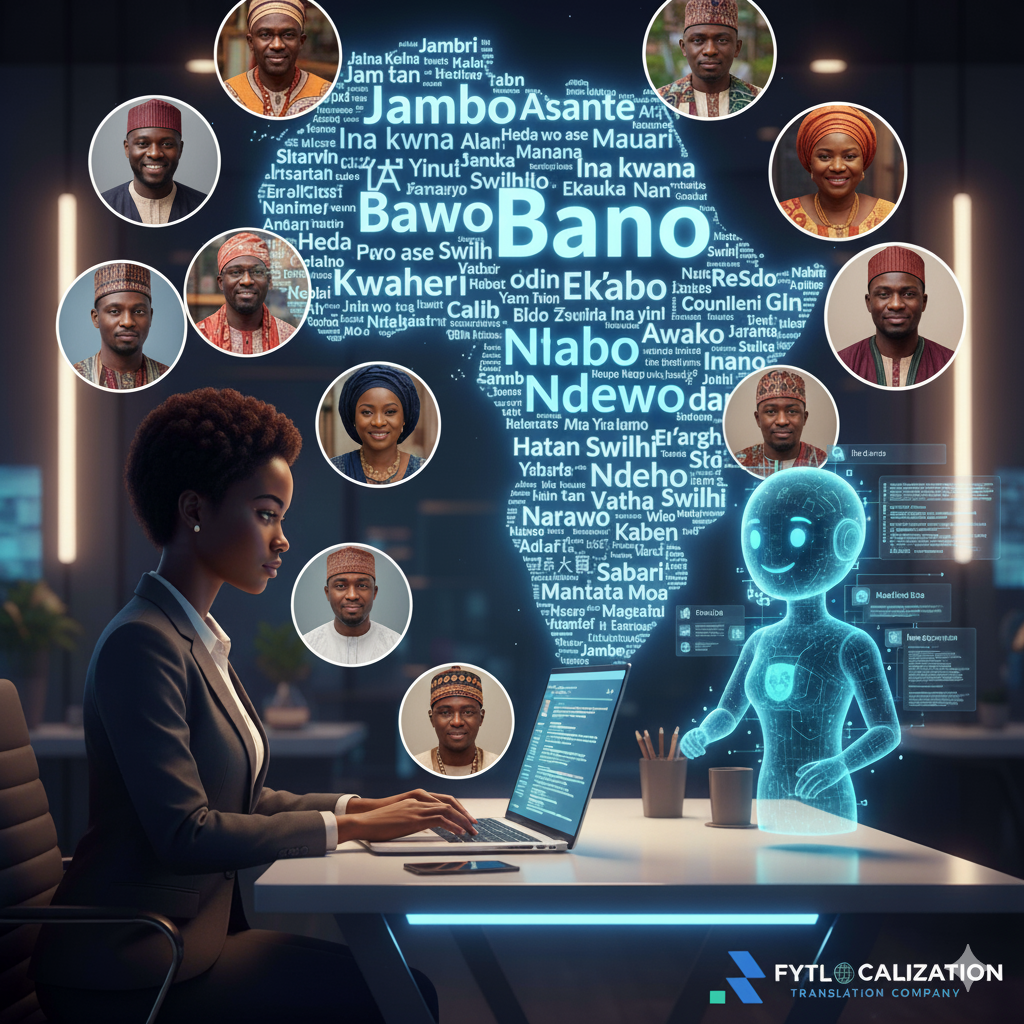
In Africa, local relevance isn’t optional — it’s business-critical. As markets digitize and competition intensifies, brands that truly win are not always the biggest or the loudest; they are the ones whose messages feel local. Hyper-localization — the practice of adapting content to dialects, cultural norms, user habits, and community values — is how you turn audiences into loyal customers.
What is hyper-localization (and why it matters)
Hyper-localization goes beyond literal translation. It’s the intentional adaptation of language, tone, visuals, and even user flows so a product or campaign feels native to a specific community. In practice this means moving past “English vs. French” to consider dialects, idioms, local examples, and cultural cues that affect comprehension and trust.
Consider Nigeria: the country is home to over 200 ethnic groups and hundreds of distinct languages and dialects. While national campaigns often use English, Hausa, Yoruba, or Igbo, there are countless smaller language communities whose voices are rarely considered in mainstream marketing. That gap represents both a challenge and a massive opportunity.
How speaking a local language builds trust
Language is a signal. When you address someone in the words they use at home or at market, you’re telling them you understand their world. That sense of understanding builds credibility faster than discounts or flashy ads.
Real-world examples:
- A fintech startup that greets first-time users in Pidgin English on its onboarding screens sees higher sign-up completion because users instantly feel the app “speaks their language.”
- An NGO that delivers health advisories in Tiv or Ibibio during a local outreach reaches more people and reduces confusion compared to a one-size-fits-all English message.
- An e-commerce platform that presents product names, sizes, and payment instructions in regional languages reduces returns and increases conversion.
These are not anecdotes. Across markets, localized content reduces friction, improves comprehension, and shortens the path from awareness to conversion.
Hyper-localization is also a commercial strategy
Beyond goodwill, hyper-localization improves business metrics. Localized UX increases engagement, localized marketing raises conversion rates, and localized support reduces churn. For brands expanding across multiple African regions, treating localization as a growth lever — not just an operational cost — delivers measurable ROI.

How companies benefit:
- Faster adoption in new regions thanks to culturally relevant messaging.
- Higher lifetime value from customers who feel understood.
- Reduced support costs by resolving questions in the customer’s preferred language.
The human + AI approach: scale with sensitivity
Scaling localization across dozens or hundreds of dialects is difficult. This is where a hybrid approach wins: AI for scale, humans for sensitivity.

AI tools can generate drafts, identify repeated phrases, and apply consistent glossaries across assets. But AI alone can miss nuance — the tone of a condolence message, the acceptable registers for advertising humor, or the right metaphor for a financial product. That’s why FYTLOCALIZATION pairs algorithmic speed with native linguists and cultural consultants who review, adapt, and refine content.
A practical workflow looks like this:
- AI produces an initial translation and aligns terminology across platforms.
- Native linguists edit for tone, idiom, and cultural fit.
- UX and product teams test locally (micro-focus groups or soft launches).
- Analytics inform iterative refinements.
This process keeps costs manageable while maintaining authenticity.
Don’t forget the “small” languages
Many brands focus on major languages and miss the long tail — the smaller language communities that are often the most loyal once engaged. A supermarket chain that labels certain staple items in a local dialect can become the preferred shop in a rural town. A health campaign that uses local proverbs can be more memorable than a polished English PSA.
At FYTLOCALIZATION we work with brands — both multinational and local — to identify these high-impact pockets and create localized experiences that resonate. That might mean localizing packaging, creating region-specific social copy, or adapting in-app prompts to match local conversational style.
Best practices for brands getting started
If you’re planning to localize for African markets, start simple and scale wisely:
- Map your priority markets. Identify regions with the highest growth potential or lowest current penetration.
- Choose high-impact touchpoints. Begin with onboarding flows, product labels, customer support, and top marketing channels.
- Build a style and glossary. Keep tone consistent across teams and languages.
- Test with locals. Micro-panels, in-market reviews, or pilot campaigns reveal blind spots.
- Measure and iterate. Track conversion lifts, engagement changes, and support ticket trends to prove value.
Why FYTLOCALIZATION
Hyper-localization is a discipline — it requires cultural intelligence, linguistic expertise, and operational rigor. FYTLOCALIZATION combines AI-enhanced workflows with native speakers across Africa to deliver translations, transcriptions, interpretation, subtitling, and tailored localization strategies. We help brands not just enter markets, but become part of local conversations.
Ready to connect with your customers in the language they know best?
Partner with FYTLOCALIZATION to design a localization strategy that drives trust and growth across Africa’s diverse communities.
🔗 Visit fytlocalization.com or contact us for a free localization audit.

